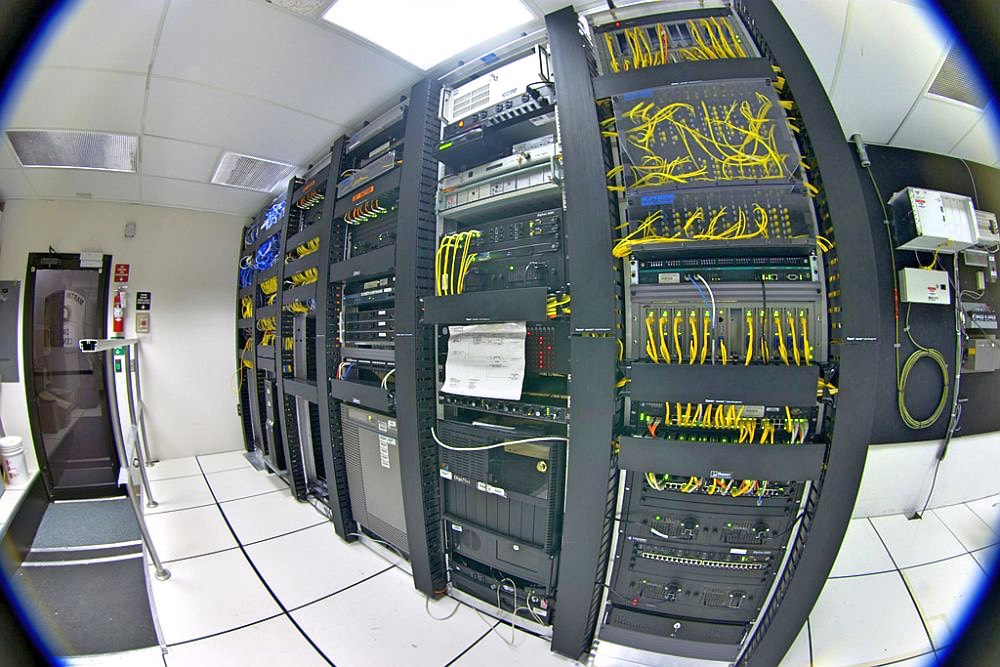
Amruta Chowgule, Content Writer, Graphical Research
According to a recent study from market research firm Graphical Research, the Europe data center power market size is poised to expand at substantial CAGR during the forecast period. Strong demand for data storage with the growing adoption of cloud computing and big data will boost the European data center power market forecast. A surge in the construction of new data centers comes on the back of demand for smart power devices to minimize power use and energy costs.
By Amruta Chowgule, Content Writer, Graphical Research
A compelling rise in internet users has prompted industry players to further the adoption of storage and network devices. According to Cisco Systems, Inc., IP traffic in Centra and Eastern Europe had touched 17.0 Exabytes per month in 2020, a rise from 5.2 Exabytes per month in 2015. Notably, operators have upped the implementation of smart power systems to minimize the power usage efficiency (PUE) ratio and augment energy consumption.

As a result of the COVID-19 pandemic, the market may grow faster than predicted owing to soaring demand to propel security, IT performance, and flexibility across the European data center power market region. Besides, changing preference towards UPS and cabling infrastructure has made data center power service a lucrative proposition. Preferably, online media streaming and online gaming garnered exceptional traction in countries severely affected by the coronavirus outbreak. For instance, Amazon Prime Video installations were up 101%, while Netflix mobile app witnessed a 60% rise in installation in Italy in February 2020.
Drivers for Growth in European Data Center Power Market
An uptick in data consumption has expedited the demand for data storage, encouraging organizations and enterprises to invest in data center power services. According to an estimate, the European data center power market size could exceed USD 5 billion by 2026.
Flourishing demand for reliable and effective equipment has driven the demand for cabling infrastructure. The growing impetus towards cable management products is attributed to easy installation and modular designs. Leading manufacturers are striving to reduce operating expenses through the launch of advanced cable management solutions. The cabling infrastructure data center power segment is forecast to capture a considerable share of the Europe market by 2026.
The need for UPS components is poised to add fillip to data center power segment with increasing construction of mega data centers. To illustrate, Google LLC. had announced an investment of USD 3.3 billion in September 2019 to bolster its penetration across Europe over the next two years. With the demand for uninterrupted supply for relentless data transmission soaring, the UPS systems will render reliable backup to storage devices and servers amidst outages in hyperscale data centers.
The IT and telecom sector is expected to emerge as an attractive domain on the heels of the launch of 5G network services in Italy, Germany, France, and Denmark. With the demand for advanced technologies such as IoT, edge computing and 5G rising, efficient data power system has become pivotal to bolster the reliability of data center facilities.
Demand for data center power solutions will be noticeable in the BFSI application following the awareness of the upsides of online banking activities. Financial institutions seek reliable and efficient power solutions to streamline business through scalability and minimizing system downtime. The BFSI data center power segment is projected to observe a robust CAGR through 2026, attributed to a shift towards cloud computing.
The European data center power market is competitive with solution providers focusing on innovative solutions, product launches, mergers & acquisitions, and collaborations. They are likely to emphasize cost-effective data center solutions with improved security and flexibility.
RELATED STORY
India’s Data center Man Projects 10x Growth in Next 5 – 7 Years
About the Author
Amruta Chowgule
 An M.Phil research scholar and English literature enthusiast, Amruta currently works as a content writer at Graphical Research. As a part of the content team, she has been striving to produce engaging content for amateurs and subject-experts alike, motivated by her interest in disciplines as diverse as history, industry, medical science, and industry, among others.
An M.Phil research scholar and English literature enthusiast, Amruta currently works as a content writer at Graphical Research. As a part of the content team, she has been striving to produce engaging content for amateurs and subject-experts alike, motivated by her interest in disciplines as diverse as history, industry, medical science, and industry, among others.









